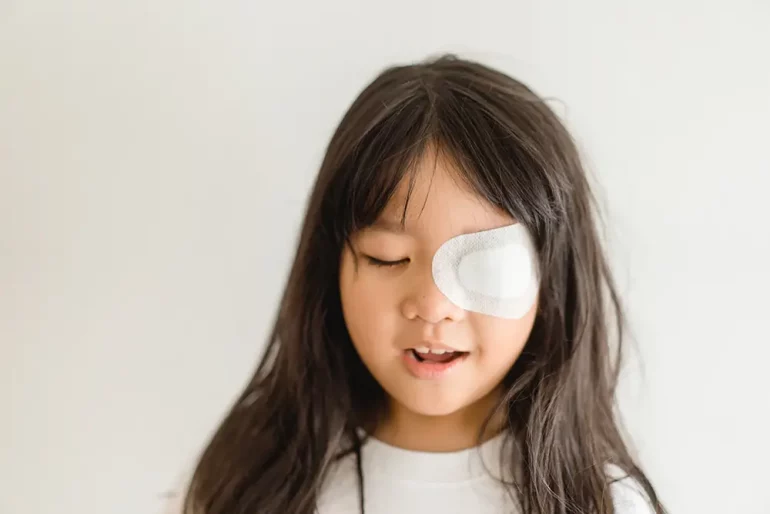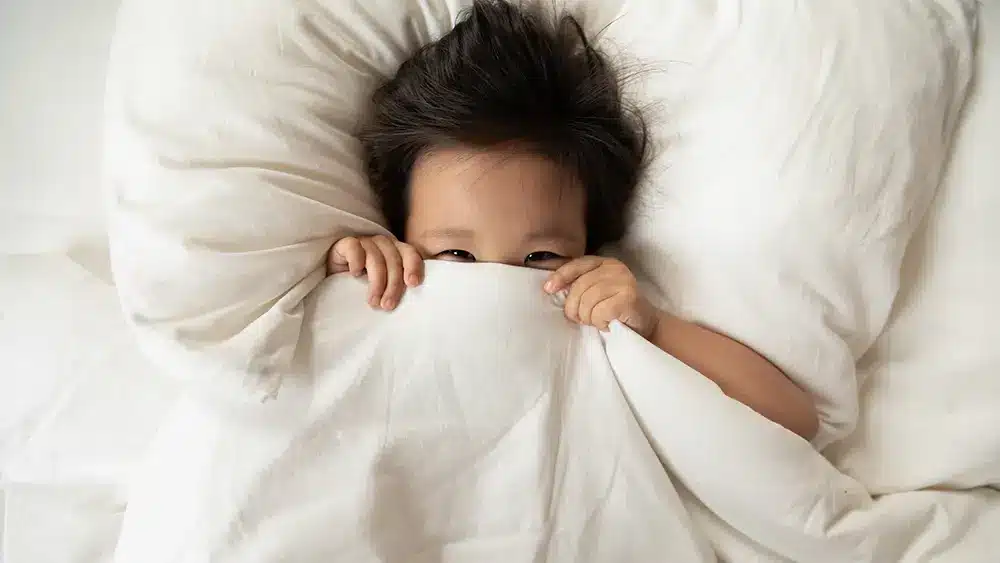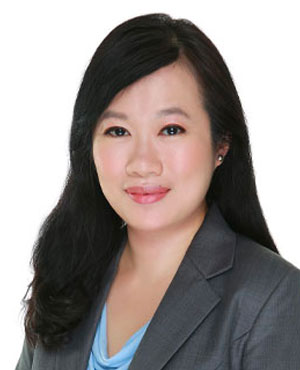Things you might not know about Lazy Eye in young children

One of the nursery books and videos I remember sharing with my first-born was by the American author and illustrator Richard Scarry, and the theme song lyric that goes “you can be anything you want to be…” That was before the introduction of the iPhones and iPads.
So much of a child’s growth is dependent on good vision in the past two decades with the proliferation of the use of digital devices. One of the most important gifts you can give your child is…not an iPad, but to ensure that his or her eyes develop fully and not become a lazy eye, which in scientific parlance, is called amblyopia. This will definitely help in allowing them freedom in pursuing their dreams and ambitions in live.
To start with, children undergo maturation of their visual system and the process is pretty much complete by the time they turn eight. Should there be any disturbance of this process of maturation such as from eye conditions like squint (misalignment where the eyes seem to be looking at different directions), refractive errors like high long-sightedness or astigmatism, childhood cataract or droopy eyelid, the equal process of maturation between the eyes can be derailed due to the phenomenon of inter-eye rivalry, where the better eye takes it all and the poorer eye fails to mature fully. Yes, even in the “world” of eye development, Darwinism seems to be at work where survival goes to the fittest.
The truth is most of us are born with two eyes that are meant to see things from a slightly different angle. This slightly different perspective between the two eyes serves the purpose of giving us binocular, stereoscopic vision i.e. 3-D vision through which we perceive depth and distance. A single eye can find clues regarding depth and distance from size and shadows, but this may not be sufficient for some activities that require good depth judgement, for example, intricate horological work or performing life-saving surgery. Stereoacuity or 3-D vision is assessed by eye tests such as Titmus or Worth 4 dots tests which are done at specialist eye clinics.

They can be categorised into gross or fine stereoacuity. Gross stereoacuity is usually sufficient for most activities of daily living while fine stereoacuity is often advisable for tasks involving more demanding hand-eye coordination.
For higher grade steroacuity to develop, both eyes need to be matured fully and be able to see sharply. The time window for this is usually limited to the first eight years of our lives with the earlier years being more crucial than the latter years. For kids who unfortunately suffer from eye conditions like squint or astigmatism, especially when the severity of these conditions is not symmetrical in the two eyes, it is imperative that not only are their primary eye conditions get managed and treated but the development of their more seriously affected eye needs to also be safeguarded by penalizing the better eye. Which is why you may have sometimes seen kids patching their eyes, and the commonest scenario would be kids patching their straight eyes as a treatment to prevent lazy eye from happening in the drifting eye that is prone to becoming a lazy eye.
Apart from a drifting squint eye which is most commonly an outward- drift followed by -drift, and astigmatism, other worrying eye conditions that may result in lazy eye include refractive errors like high degrees of long-sightedness which often compound an inward drifting eye. These relatively common reasons are why in Singapore, health services have in place school-based eye checks from as early as 2 years of age to identify at risk children and recommend further management should significant reduction of eyesight be found.
Other less common childhood eye conditions that may cause a lazy eye include eye diseases affecting premature children such as retinopathy of prematurity, childhood cataract, droopy eyelids and actually, anything that may occlude and obscure the eye’s line of sight, including overly long bangs covering the eyes over long duration of time, which is one very valid reason to keep young kids’ hair well away from their faces.
Should there be mild amblyopia, computer-based vision training (such as a program called Vivid vision) may have a role. Speak to us to find out more.
About the Author
Dr Daphne Han
Medical Director and Senior Consultant Ophthalmologist
MBBS (Melbourne), MMed (NUS), FRCS (Edinburgh), FAMS (Ophthalmology)
Subspecialty: Laser Vision Correction and Lens Implant Surgery
Dr Daphne Han is the Medical Director and Senior Consultant Ophthalmologist at LSC Eye Clinic in Paragon. She has been in practice for over 20 years. She is highly skilled in an extensive range of laser vision correction surgeries such as ZEISS SMILE® pro, LASIK, LASIK Xtra, Advanced Surface Ablation and Implantable Contact Lens (ICL).
Dr Han was previously a Consultant Ophthalmologist at the Singapore National Eye Centre (SNEC) Cataract and Comprehensive Ophthalmology and Laser Vision Centre and Adjunct Assistant Professor at Duke-NUS. She was a faculty trainer in cataract surgery and LASIK to fellow doctors. She authored articles in scientific journals and textbooks and is an invited speaker at meetings, and is an examiner and reviewer for professional journals. She had also formerly held appointments as Lead Ophthalmologist at SMG Vision Center, Gleneagles and Singapore Medical Specialist Centre.
Having seen her fair share of patients who sought help too late, Dr Han strongly believes that good eyesight is one of life’s most precious treasures. She makes all efforts to help patients preserve and achieve the best potential in their eyesight, guided by evidence-based medicine as well as holistic and informed choice.
Request for an appointment.

Tel: +65 6836 1000
Whatsapp: +65 9843 1000
For general enquiries and appointment only
Email: [email protected]
Monday to Friday: 9am to 6pm
Saturday: 9am to 4pm
*Last Registration Time 2pm
Sunday & PH: Closed













